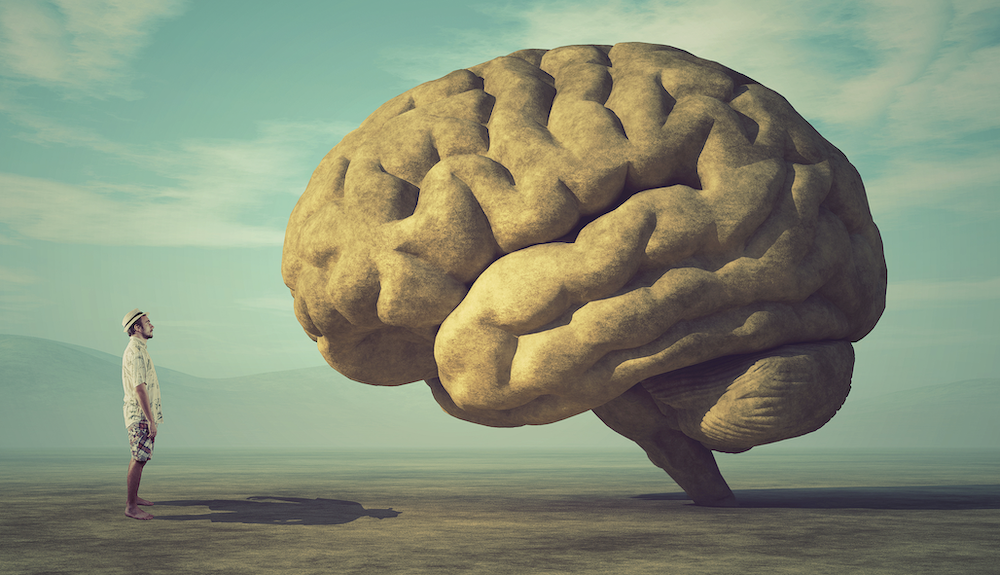ADHD: The history of a diagnosis

Attention deficit hyperactivity disorder (ADHD) has gone by a slew of different names over the years: organic drivenness, minimal brain dysfunction, hyperkinesis, hyperactive syndrome, attention deficit disorder, and ADHD.
ADHD was originally thought of as “minimal brain dysfunction,” according to scholar Robert Erk. In the 1940s, “practitioners came to the conclusion that because many children with Attention-Deficit Hyperactivity Disorder…manifested some of the same symptoms as children with encephalitis (e.g., hyperactivity, inattention, disorganization), these children probably had some degree of minimal brain damage.” For the next two decades, scientists would link behavioral disorders with injury to the brain.
In 1961, Ritalin was approved for treatment of “behavior problems” in children. By the late ’60s, “minimal brain dysfunction” had been broken down into smaller categories that included “dyslexia,” “brain disorders,” and “hyperactivity.” “Hyperactivity” became associated with school-aged children, identified mostly based on classroom performance and behavior.
Around this time, the growing medicalization of hyperactivity began to attract significant public criticism. On June 29, 1970, the Washington Post carried the headline “Omaha Pupils Given ‘Behavior’ Drugs.” The article charged that “10 percent of the children in the Omaha school district in Nebraska were being medicated with Ritalin,” according to pediatrician Lawrence Diller. “While ultimately shown to contain inaccuracies, the article spurred other reports of ‘mind control’ over children and led to congressional hearings about stimulants that same year.”
Stimulant use in children with ADHD increased fourfold between 1987 and 1996.
The influential publication of the DSM-III by the American Psychiatric Association in 1980 expanded the definition of ADHD (then simply called “ADD”) to include adolescents. The diagnosis was further divided into two categories: ADD with hyperactivity and ADD without hyperactivity. In 1987, these subtypes were removed, and the disorder finally became known as ADHD.
By the 1990s, ADHD diagnoses had increased noticeably. Stimulant use in children with ADHD increased fourfold between 1987 and 1996. This uptick might have been facilitated by the decision to include ADHD as a protected disability under the American with Disabilities Act of 1990. As diagnoses grew, so did social pushback: in their 1996 article “Is ADHD Becoming a Desired Diagnosis?” educators Richard Smelter, Bradley Rasch, Jan Fleming, Pat Nazos, and Sharon Baranowski worried about this “medicalization of misbehavior.” “Doing a ‘bad’ thing implies responsibility and guilt, as well as the need for some punitive action on the part of one’s social peers,” they argued. “But having a ‘dysfunction’ carries no such social stigma.” Yet in the context of the classroom, some teachers worried the ADHD diagnosis was becoming a convenient excuse for boys who seemed “lazy” or “impulsive.”
Another controversial expansion to the ADHD diagnosis came in the 1990s. “The new face of the disorder…included a new group of ‘ADHD adults’ who came to reinterpret their current and previous behavioral problems in light of an ADHD diagnosis,” write sociologists Grace Potter and Peter Conrad. They describe a 1994 cover of Time magazine, which “issued a clarion call for ADHD adults: ‘Disorganized? Distracted? Discombobulated? Doctors Say You Might Have ATTENTION DEFICIT DISORDER. It’s not just kids who have it.’”
In the following decades, there also came the growing realization that ADHD wasn’t just for white boys. “Boys are nearly two and a half times more likely than girls to receive a formal diagnosis,” wrote psychologists Jessica Stephens and Dana Byrd in 2017. In addition, boys were “2–3 times more likely to receive treatment for the disorder than…a girl.” Women with ADHD “often exhibit more symptoms in the areas of goal setting and task completion,” the authors also explained. As a result, they were more likely to be diagnosed with the subtler “inattentive” variety of the disorder.
People of color also struggle to get ADHD diagnoses. Compared to white children, “the odds of being diagnosed with ADHD were almost 70% lower for Black children, 50% for Latino children, and 46% lower for children of other races,” writes sociologist Myles Moody. Over the past twenty years, the rise in ADHD diagnoses was most pronounced in minority groups.
The continued uneasiness around ADHD is perhaps owed to the fact that there is little scientific consensus about the disorder, argues scholar Susan Hawthorne. “Despite decades refining its diagnostic category,” she writes, “aspects of [medical, scientific, and social] understanding and practice remain unsettled or controversial.” To this day, scientists debate whether the disorder is a form of biological dysfunction or simply a medicalization of normal deviance, promoted by pharmaceutical companies to sell drugs to bigger and bigger populations. And unfortunately, writes Hawthorne, “discussions of the fuzziness of the category’s boundaries, the current lack of consensus on etiology, and the reification (or not) of ADHD” are often “transformed into debates over whether ADHD is ‘real,’ and into concerns about under- or over-diagnosis.”
This article appeared on JSTOR Daily, where news meets its scholarly match.





